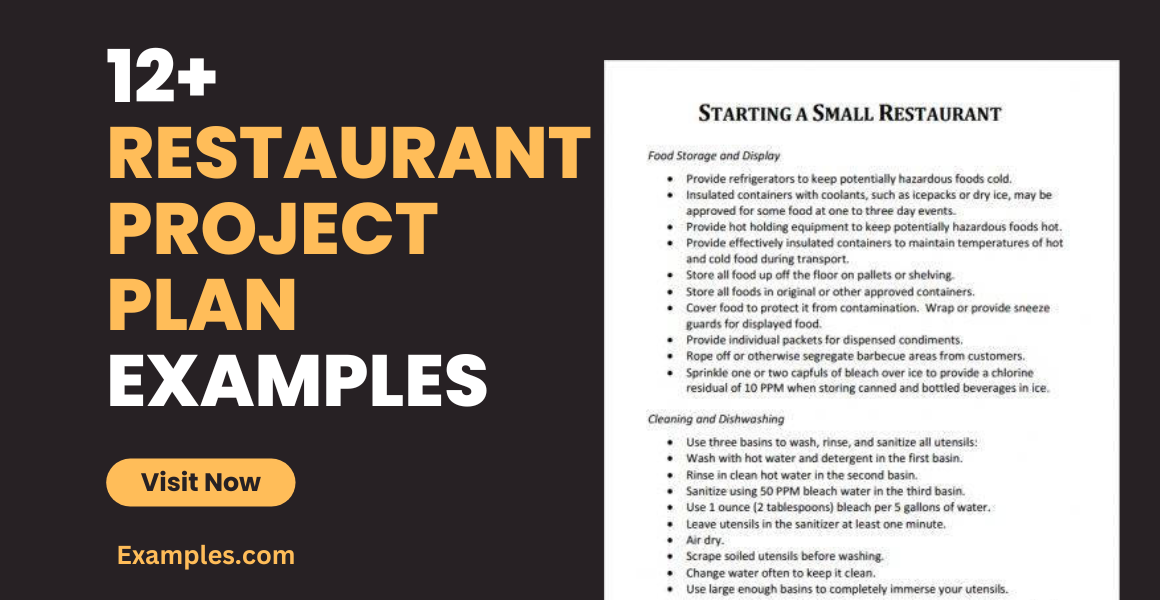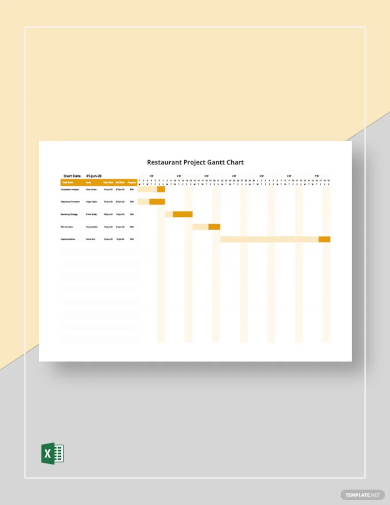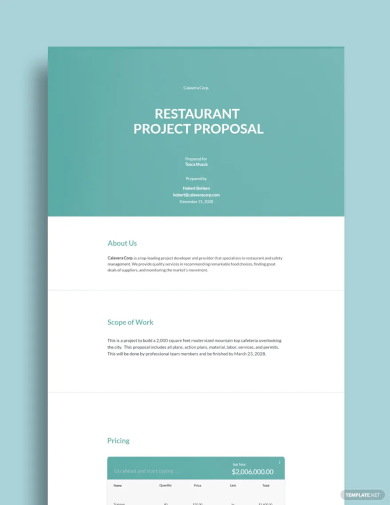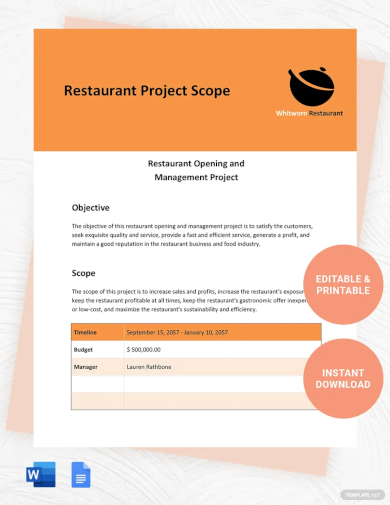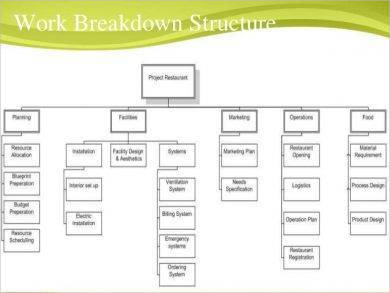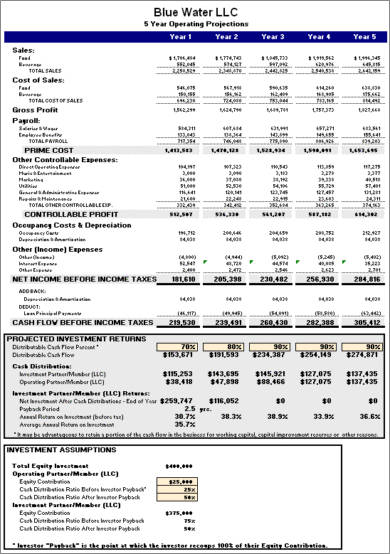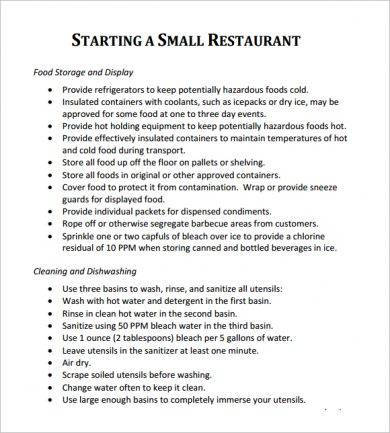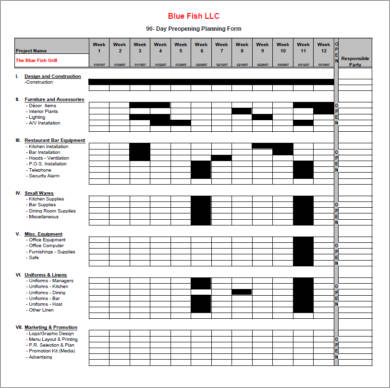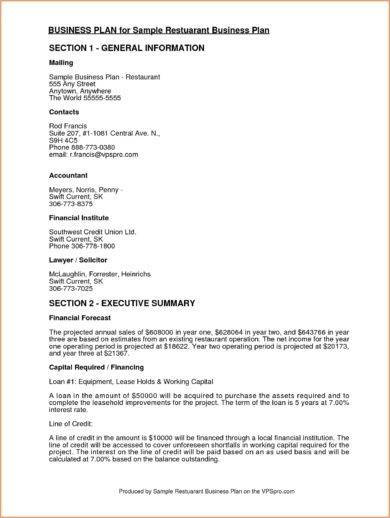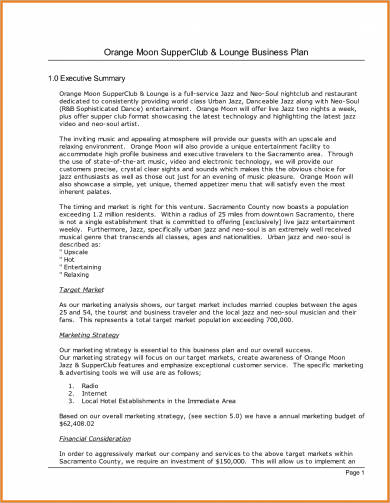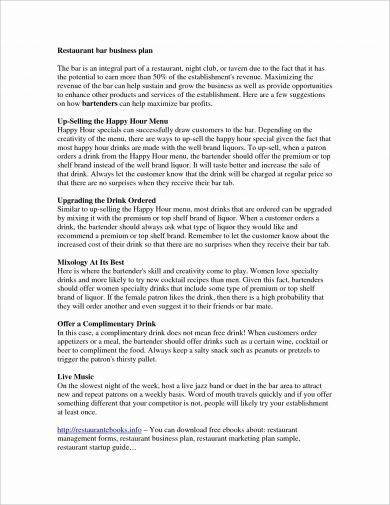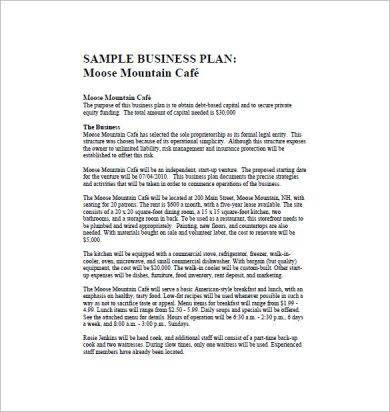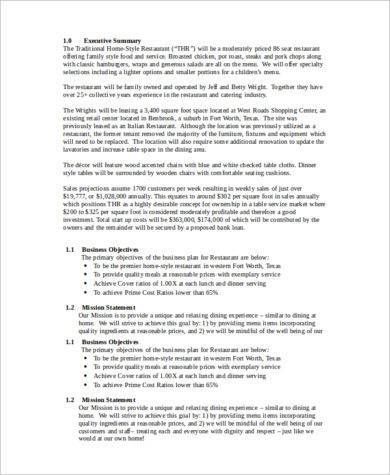12+ Restaurant Project Plan Examples to Download
As experts often tell aspiring entrepreneurs, if you want to start a business, invest in food. There is nothing that 90% of the population of customers love spending their money on than good food. It’s true that fashion, cosmetics, and hotels are gaining much popularity nowadays, but none of them can beat the long history of satisfied patrons that the food industry boasts of.
However, as with all trades, maintaining a business even in a field with so many willing clients is still hard work. It would take a long process for you to get to where you want your business to be. It will take a lot of patience and cunning to work your way up. You may also see operational plan for restaurant examples.
Fortunately, you can always choose to create a project plan that will serve as your road map. It won’t make the journey shorter, but it will effectively make it less intimidating. With this road map in your possession, you can avoid getting lost along the way since you already have a particular goal with specific steps that lead to it.
Aside from this personal purpose, a simple project plan is also a useful tool that you can use to turn your visions into something tangible that you can show to prospective investors to convince them that the world will be damned if you don’t open your restaurant. It will serve as a proof that you actually have an actual plan and that you know what you’re talking about.
Restaurant Project Gantt Chart Template
Restaurant Project Proposal Template
Restaurant Project Scope Template
Project Restaurant Plan Work Breakdown Structure
Actual Project Operating Procedure Plan Example
Starting a Small Restaurant Project Plan
Important Elements in a Project Plan
It’s not enough to simply make a project plan. What you need to aim for is a general plan that is strong enough to serve its purpose. It needs to have a concrete layout, an effective writing style (for wooing investors), and a crystal clear concept. It must be engaging from the very first letter to the last. And, most importantly, it must have the following elements:
1. A Branded Cover
This element is actually just for show. However, you still have to see to it that it is done properly. Your project plan’s finished product must have an outer cover that includes your business’s logo, the date, and, of course, your name. It should introduce your restaurant’s brand to the world. This aspect of your project plan must successfully communicate the personality that you want your business to embrace.
2. A Concept
There are restaurants in almost every street, which means that you have the disadvantage of not being original. But you can always take back the wheel by incorporating something into your restaurant’s concept to make you stand out from all of your competitors. You may also see restaurant project plan examples.
Get crazy. Let your imagination explore all possibilities. Go into the details of the food you want to serve and the service style you will adapt. Even in your project plan, you must already strive to make your restaurant interestingly unique.
3. A Sample Menu
You must go all out in your planning. Even this early, you must already have a full grasp on the food that you will serve in your restaurant. This is one of the most important aspects of your restaurant. In fact, the diversity of your menu can make the difference between your restaurant’s success and its failure. You may also like restaurant sales plan examples.
So try to create a mock-up of the attractive menu you want to serve to your customers in your project plan, but don’t merely create a boring list of dishes. Design a formatted menu (perhaps with the help of a designer friend?) to include in your project plan to make the idea more vivid and lifelike. Let your investors imagine your restaurant by simply looking at its menu.
Of course, a simple menu would not be complete without prices. So after planning the dishes you will serve, estimate the amount of money that you will ask your customers for a taste of each one. Analyze the cost for each dish and make sure that your price is worth your product.
By including your price list in your project plan, your prospective investors can have an overview of your targeted price point and your financial projections. This will also communicate to them that you have already performed your research on the monetary aspects of the food industry to be confident enough to show them exact numbers. You may also check out restaurant action plan examples.
Pre-opening Project Planning Form Example
Business Project Plan for Restaurant Sample
Orange Moon SupperClub & Lounge Actual Business Plan
4. Your Service
After you have impressed your investors with your financial knowledge, excite them with your hospitality. For this part in your project plan, you can express your ideas on the unique services that you can adapt for your restaurant. This is an important detail since you would want to explain to your investors the desired guest experience you are going for. You may also see restaurant marketing plan examples.
For example, are you envisioning a restaurant that is designed for people who are in constant hurry? You can design your service to accommodate this particular need. Or are you going for fine-dining experience where your patrons will be treated like royalty? What about an extensive, impressive wine cellar that will be the highlight of your restaurant? Then, of course, you would need sommeliers for that. You may also like restaurant strategic plan examples.
However, if your restaurant will not focus on service very much, it would be enough to simply address this briefly in your concept section and not create a whole separate part for it.
5. A Complete Management Team
Reaching this part of your project plan alone may be awe-inspiring to other people but it doesn’t do anything for your investors. They want to know that you are not the only one working on this project. They need an assurance that you have already formed a strong team to help you realize everything you aspire to do as written in your business plan.
Aside from showing yourself under a positive light and completely armed with the necessary skills you need to start a restaurant, you also have to show them that you have a talented group of people who are working toward the same professional goal. With such a force, it would no longer be difficult to convince them to support your vision.
Also, if you are one of those noble entrepreneurs who are not just in the business for the money but for the fulfillment that they can get from it, you can also mention this in your project plan by telling your investors what values you hold dear even outside of work.
6. Your Design
Visuals and illustrations also play a vital role in project plans. You can create a mood board that will show images that can represent the general design and ambiance that you want to achieve for your restaurant. This can help your investors envision the look that you are going for. Copying images from restaurants whose concept is similar to what you are trying to create will also help. You might be interested in baseline project plan examples.
7. Your Target Market
Every restaurant, in fact, every business has a target market. These are the group of customers that their marketing attempts will focus on.
A restaurant’s target market is often defined by age bracket, profession, and interests. For example, a Barbie-themed restaurant’s target market are young children (and, fine, children at heart) and their mothers, while a chic restaurant often targets young working men and women who are up for a night away from work. You may also see implementation plan examples.
Even this early, you should already have a clear picture of the people who will eat at your restaurants. It’s also part of the target market planning process to think about what these prospective clients do for a living and what their average income is.
If your restaurant is one of those high-end establishments, then you’d have to target clients with bigger paychecks. But if you are going for a homelike comfortable vibe, then your target market is pretty much the entire population of people who dine out. Once you’ve identified and described them, explain why your restaurant’s concept will be appealing to them. You may also like community project plan examples.
8. Your Restaurant’s Location
Your target market and your restaurant’s location are very much interrelated. Of course, you would want to situate your business in a place where your target market frequents so that you can be more accessible to willing customers. However, if you still don’t have a specific location or building in mind, discuss possible neighborhoods instead. You may also check out migration project plan examples.
You can also describe the place you are looking for in terms of size, foot traffic, accessibility, and other important factors that you’d have to consider. But don’t expect that your potential investors are familiar with the places you are referring to. It’s just up to you to describe the location and why its ideal for your business. You might be interested in event plan examples.
9. An Overview of the Market
You have to convince your investors that the present-day market conditions in your area are favorable to a start-up business. They would want to know if the economic conditions are stable enough that you and your restaurant will survive it.
Address both macro and micro levels of the market conditions that may have a direct impact on you. At a macro level, what are the local and regional market conditions? If things are not going very well and restaurants in your locality are suffering, then explain to them why yours won’t. At a micro level, describe your direct competitors. Discuss the restaurants that share your target market and describe what you have against all of them. You may also see marketing project plan examples.
Restaurant Bar Business Plan
Moose Mountain Cafe Sample Business Plan
Restaurant Project Business Plan
Restaurant Business Plan Outline
10. Describe Your Marketing and Publicity Ideas
Your field of business is competitive. It’s best that you don’t expect anything less than that. You will face competitors and rivals who are set to excel among their opponents. If you don’t embrace the same spirit, the same drive, you won’t last two seconds out there. Your investors know this as a fact and you should too. You may also see management plan examples.
But, oftentimes, the way to win in this game is to improve your marketing game. This early on, you should already have a plan on how to make your restaurant’s opening day known to the public weeks, even months, from it. And if you’ve successfully created an audience, how can you keep these crowds tuning in for more? These are two of the most important marketing questions that your investors want a clear answer on. You may also like quality project plan examples.
If you are hiring a marketing company or a PR for this, introduce them in your project plan and explain why you have chosen them among all of the other companies. If you don’t, convey a well-structured plan that you are planning to implement to gain attention to your opening business. You can always use social media platforms, websites, and other media connections for cheaper advertising. You may also check out what is a project management plan?
11. Consultants You Are Planning to Hire
Aside from the team that you have put together and the staff you would need for the operation of your restaurant, there are also other entities you may need the help of such as the following:
- Accountant. An accountant will help you calculate your assets, liabilities, and capital account entries. He will also be tasked with documenting your financial transactions and recommending financial actions by analyzing your accounting options. He will summarize your current financial status in a more comprehensible way and can substantiate your financial transactions. You may also see quality plan examples.
- Attorney. Businesses always include legal documents and this may be a matter you have no sufficient knowledge in. An attorney can help you with that. He can also aid should you have any legal disputes and taxation issues. He can help you negotiate your case to a court and help you preserve your intellectual property if the need arises.
- Designer. An important key to succeed in this platform is to develop a human-centered approach. A business designer is an expert in these things, and he will help take your business toward innovation. He will be assigned with concocting principles and practices that can help you develop a competitive advantage. You may also like scope management plan examples.
- General Contractor. A general contractor is responsible for providing all of the material, labor, and equipment that will be necessary in the construction of your project. Basically, where the accountant, attorney, and designer are hired for mental work, your contractor will do all the physical ones for you.
- Public Relations. Managing a business is already a handful. You don’t need to think about your publicity and image on top of it all if you have a PR or marketing team. Leave it to them to understand your clients, and make sure that their needs and expectations are met so that they become more than just a one-time customer but a regular patron. You may also check out agile project plan examples.
12. Financials
We have saved the most difficult for last. The financial aspect of your business is a critical factor that you will have to consider. Let your hired accountant walk you through this part of the project plan since he talks about numbers like he eats it for breakfast.
Some of the financial matters you have to discuss are the number of seats you are planning to fit inside your restaurant and the average check you’ll produce. You have to be conservative in these estimations so that your investors will see that your project plan is financially possible. You may also see quality management plan examples.
The thought of starting your own business is indeed exhilarating. But make sure that, in all your excitement, you don’t forget to plan the crucial details that can constitute to your restaurant’s success. And when you’re finally there, your place filled with people eager to taste your food, keep in mind that their contented countenances are the reason why you are in this business, and continue working toward better products and service.


